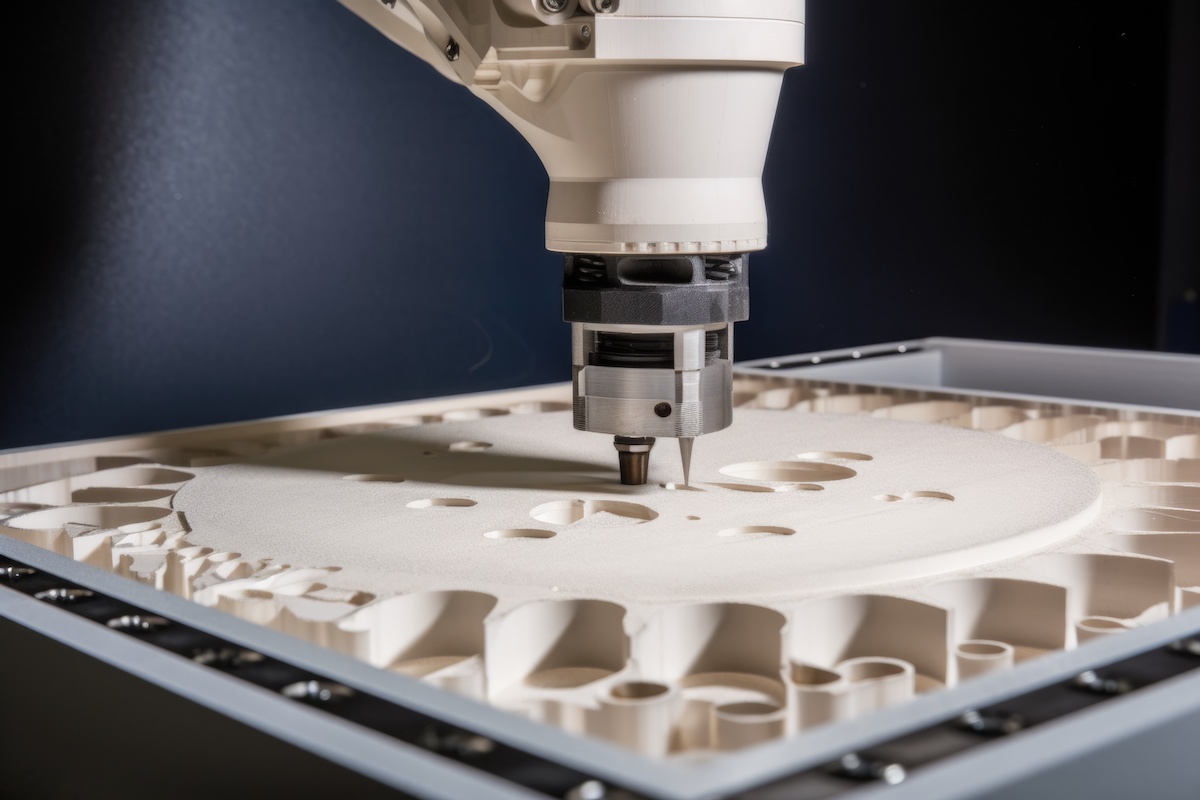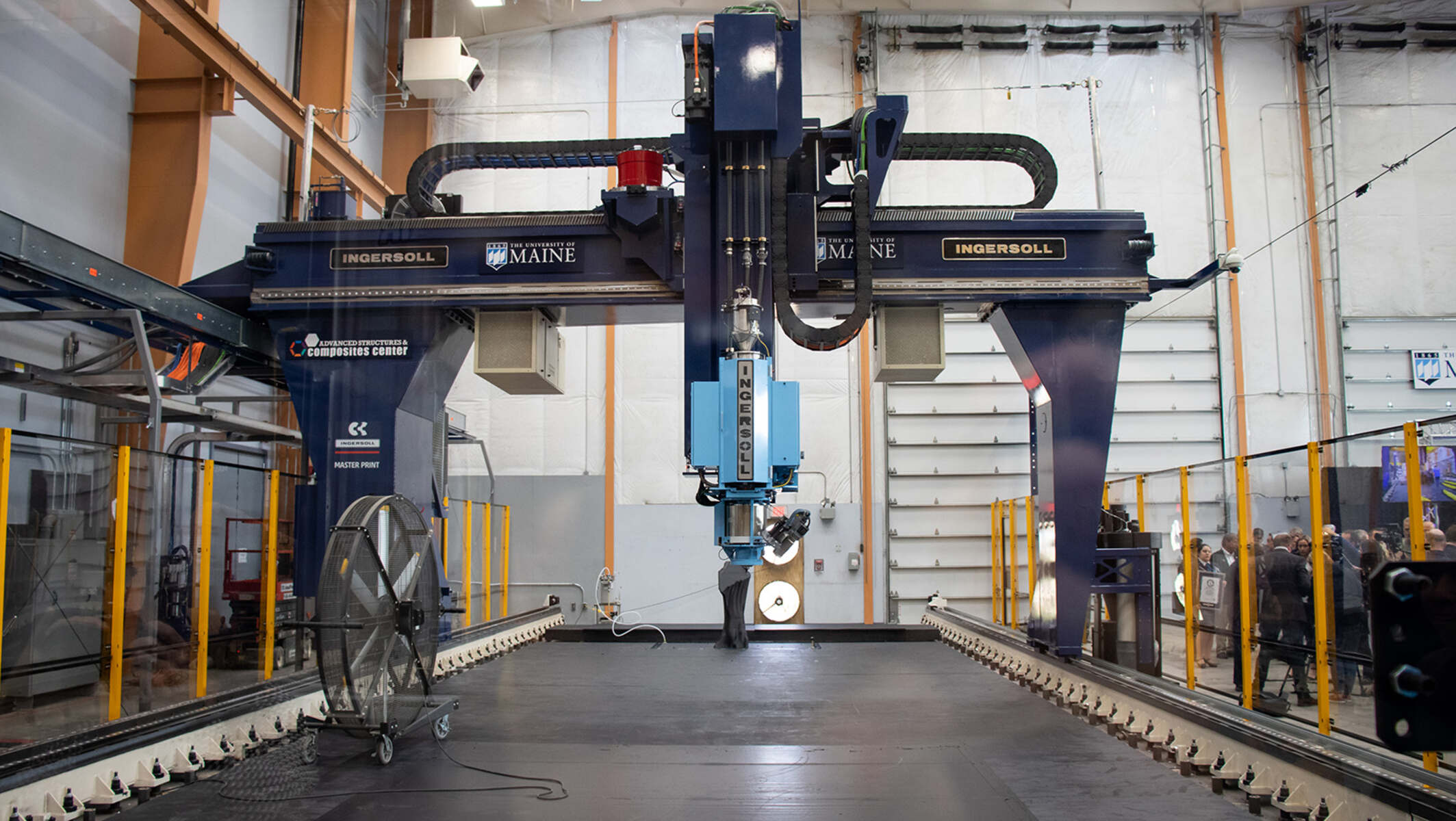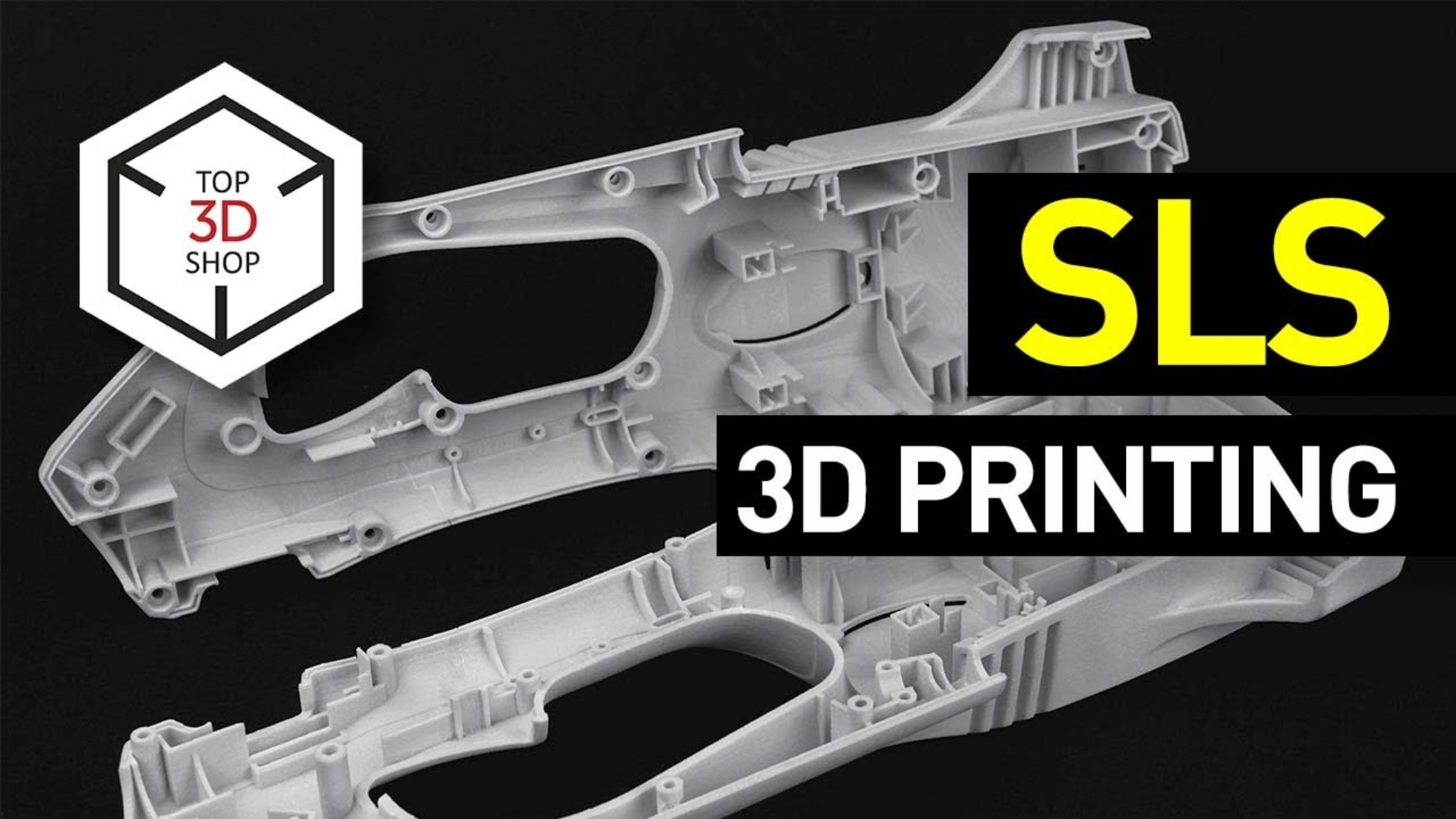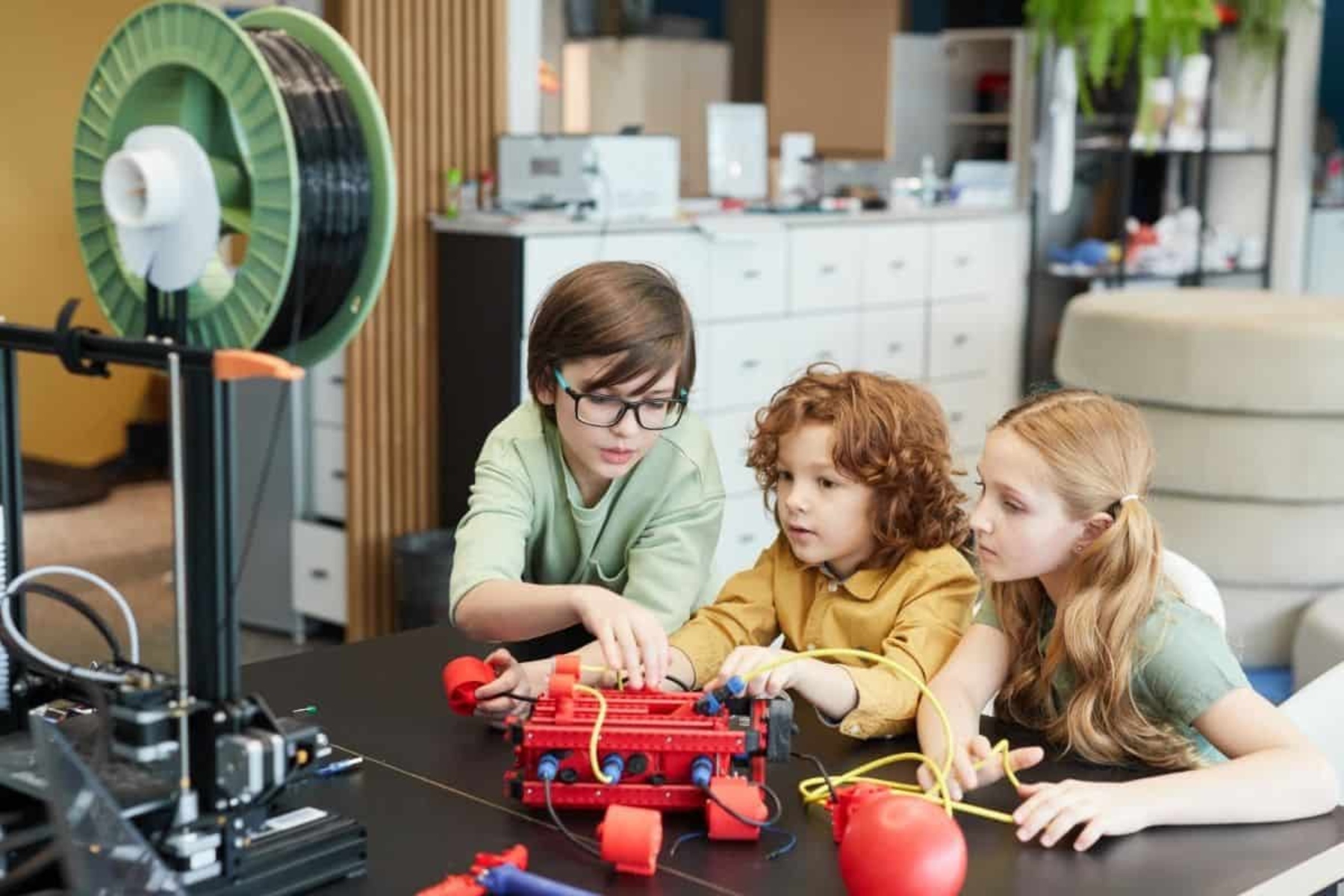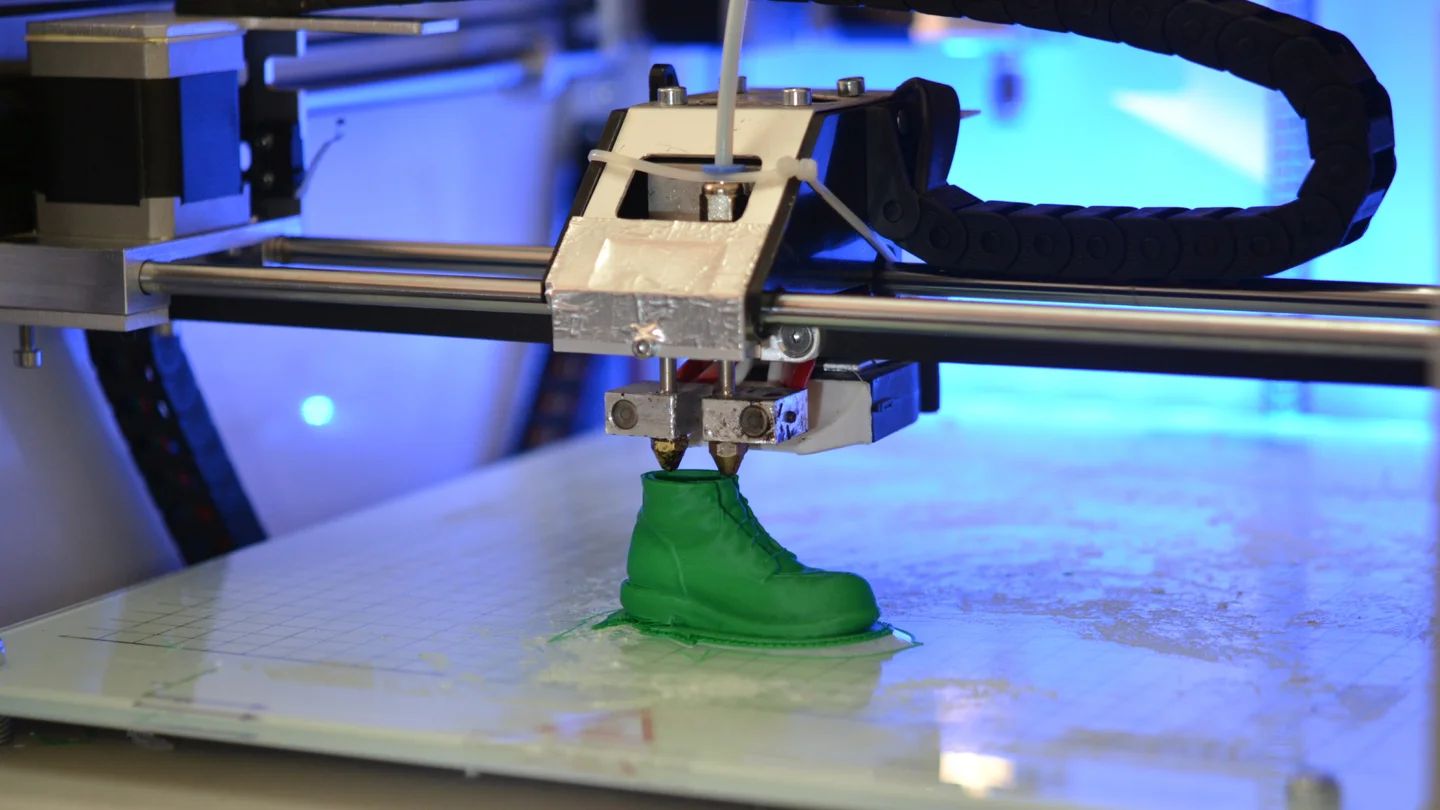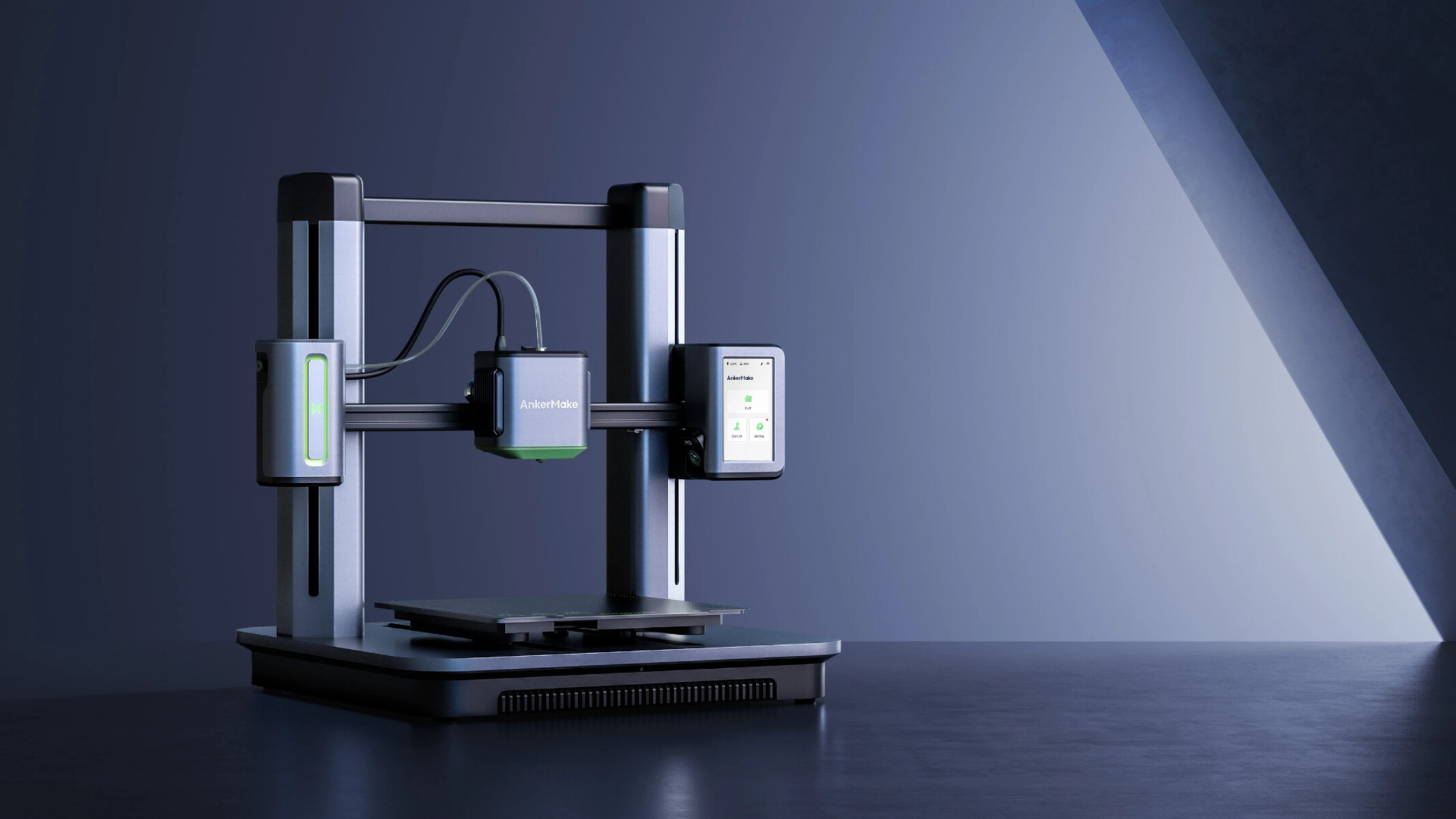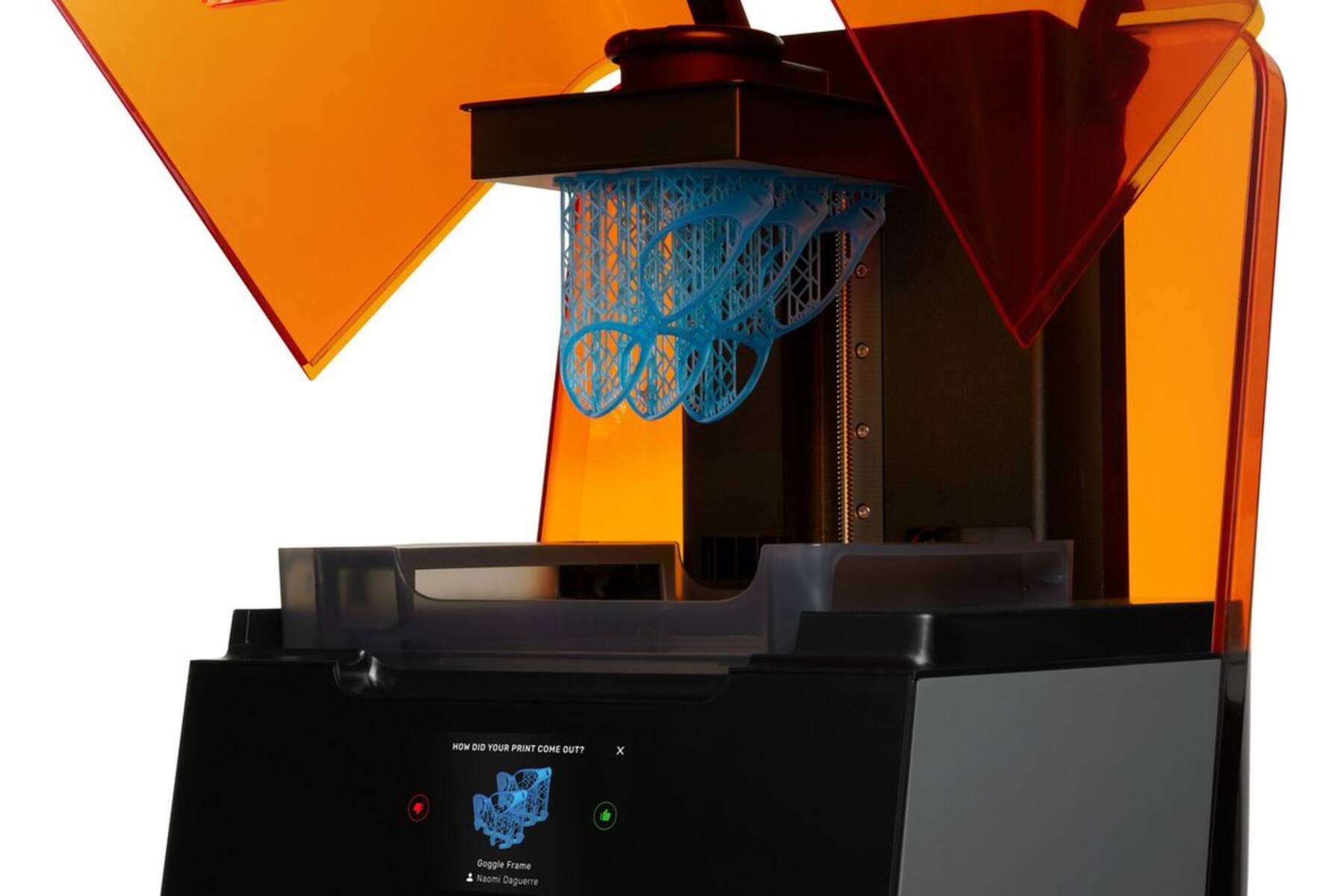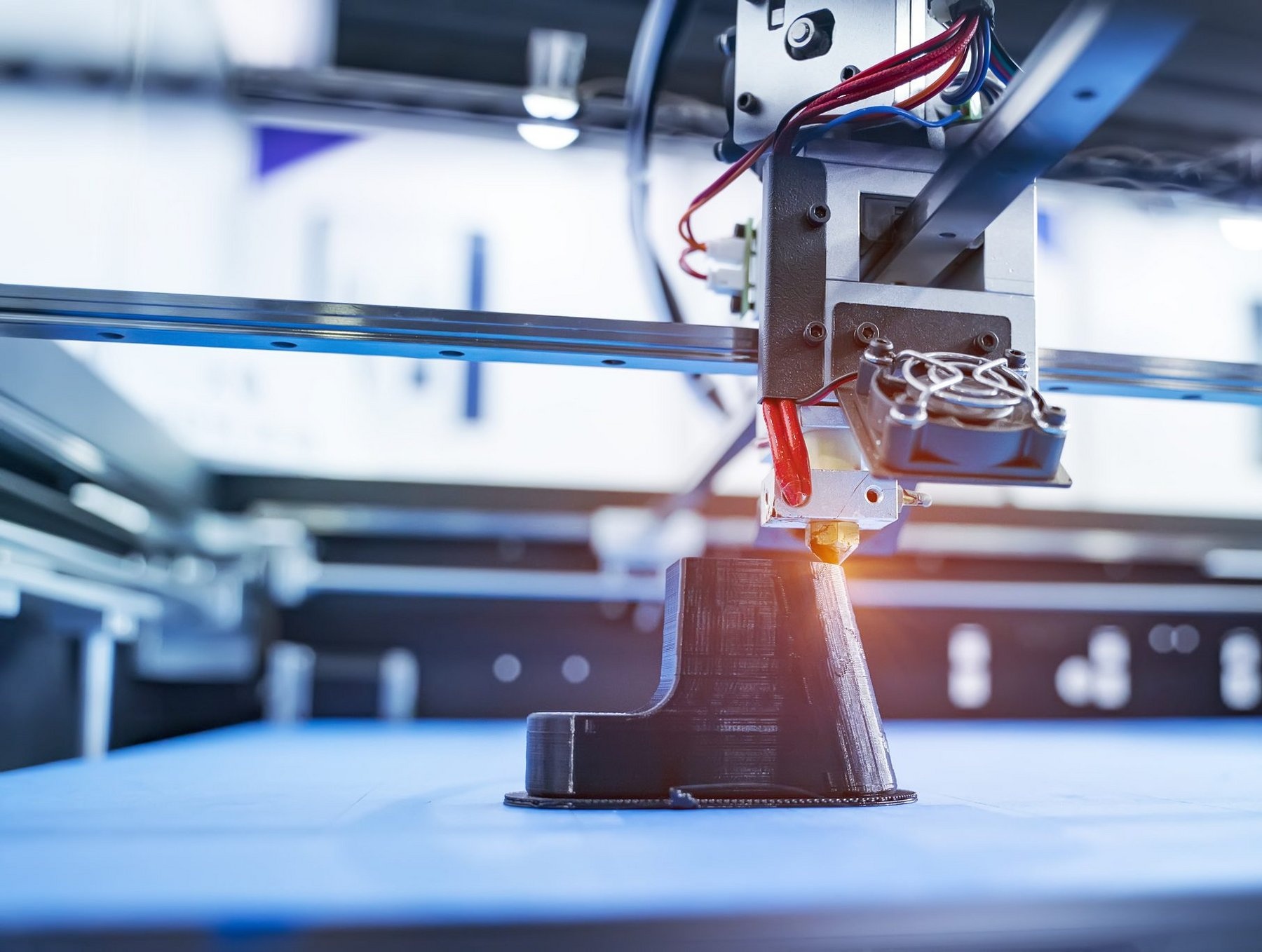Imagine being able to turn a digital model into a physical object with the precision of a craftsman and the speed of a computer. That’s essentially what SLS printing does – it’s a kind of 3D printing that can bring even the most intricate robotic designs to life.
For those new to the term, it stands for Selective Laser Sintering and operates by fusing small particles of material into a solid structure with a laser. This method has become increasingly significant in the field of robotics, offering unparalleled versatility and durability.
Understanding the Basics of Selective Laser Sintering (SLS)
At its core, SLS printing allows designers to create parts that are robust and ready for action. Unlike older 3D printing methods, SLS doesn’t need support to hold an object in place as it’s being printed. This freedom lets creators dream up and actualize complex shapes that would be either impossible or too costly to make with conventional manufacturing.
Robots, for instance, require components that must fit together perfectly, and SLS printing is just the tool for the job, helping engineers iterate quicker and push the bounds of what’s possible. Beyond just fusing particles, SLS printing harnesses the power of precision to create objects layer by layer, resulting in high-resolution products that maintain their shape over time.
It’s a cornerstone technology that empowers myriad applications in various fields, not least of which is the dynamic and demanding domain of robotics. Each layer built by the SLS process compounds the strength and intricacies of the final product, merging the art of design with the science of engineering.
Comparing SLS to Traditional Manufacturing Methods in Robotics
SLS printing has effectively challenged traditional manufacturing techniques, particularly in the robotics arena. Robots require parts that are both lightweight and strong, and SLS is adept at producing such items with ease.
Custom gears, joints, and casings can be crafted in a fraction of the time and cost it would take with methods like injection molding or CNC machining. The result? A surge in innovation and creativity as designers and engineers can experiment without worrying about the limits of traditional manufacturing.
The Impact of SLS on the Strength and Precision of Robot Components
Strength and precision are non-negotiable when it comes to robotics. Whether it’s a robotic arm used in manufacturing or a service robot helping customers, every part needs to work seamlessly.
SLS printing excels here as it creates parts that are inherently more robust due to the way the laser sintering process bonds the material. This methodology not only constructs tougher components but also maintains a high level of detail, ensuring that each piece performs exactly as designed.
Case Studies: Real-World Robots Improved by SLS Technology
Take the example of a search and rescue robot, deployed in areas too dangerous for humans. The durability of its SLS-printed parts means it can withstand harsh environments while still performing delicate operations.
Or consider customized prosthetic limbs, 3D printed to match the precise specifications of their users, enhancing comfort and functionality. SLS printing has brought about real-world changes, demonstrating its solid grip on innovation within robotics.
Streamlining the Path From Design to Deployment in Robotics
Rapid prototyping is one of the major advantages that springs from the adoption of SLS printing. A design that once took months to go from concept to reality can now be held in your hands in a matter of days. This rapid turnaround is not just convenient; it’s revolutionary.
It allows for swift troubleshooting and refinement, reducing development time for robots significantly. This speed is invaluable, particularly when pushing the limits of what robots can do, enabling a quick response to the fast-evolving needs of various industries.
Customization at Its Finest: The Personalized Touch of 3D Printing in Robotics
Every person is unique, and so can their robotic helpers. SLS printing brings customization to the forefront of robotics. Businesses can tailor robots for specific tasks, like aiding in surgery or handling intricate assembly jobs.
In education, robots can be designed to interact with students in personalized ways, fitting diverse learning environments. This level of customization isn’t a distant dream; it’s possible right now, thanks to the precision and flexibility of SLS printing technologies.
Breaking Barriers: The Affordability and Accessibility of Advanced Robotics
One of the most exciting aspects of SLS printing is its potential to level the playing field. With lower production costs and minimized material waste, SLS makes it possible for smaller players to get their robotic innovations off the ground. This means startups and educational institutions can now develop robots without the hefty price tag.
It’s a game-changer for countries and communities that previously couldn’t afford to participate in the robotics revolution, proving that high-tech solutions can be both accessible and equitable.
Navigating Challenges and Embracing Innovation in Robotic 3D Printing
While SLS printing is impressive, it’s not without its challenges. Materials used in SLS can be expensive and the process requires careful control, but strides are being made every day. As for the future? Think artificial intelligence.
Integrating AI into 3D printing could further enhance efficiency and quality, potentially leading to smarter, more intuitive robots. However, with great power comes great responsibility, and as we stand on the brink of such exciting technological advancements, ethical considerations around the use and impact of 3D-printed robots remain crucial.







